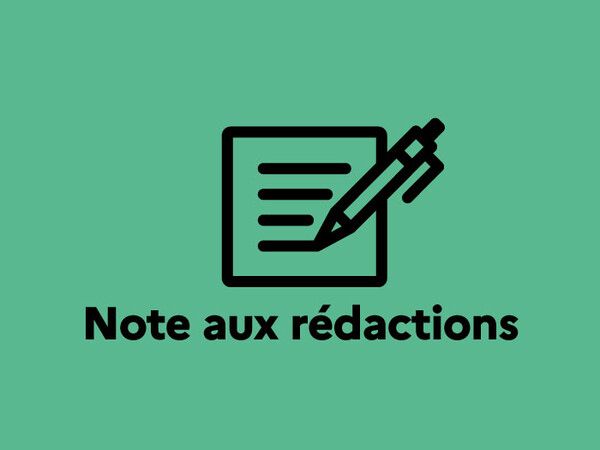Looking at brains with the eyes of a protistologist.
(I also like axon initial segments)
Forthcoming book: The Brain, in Theory.
http://romainbrette.fr/
The wooden airplane model has more 'details' but only the paper model can fly

The wooden airplane model has more 'details' but only the paper model can fly
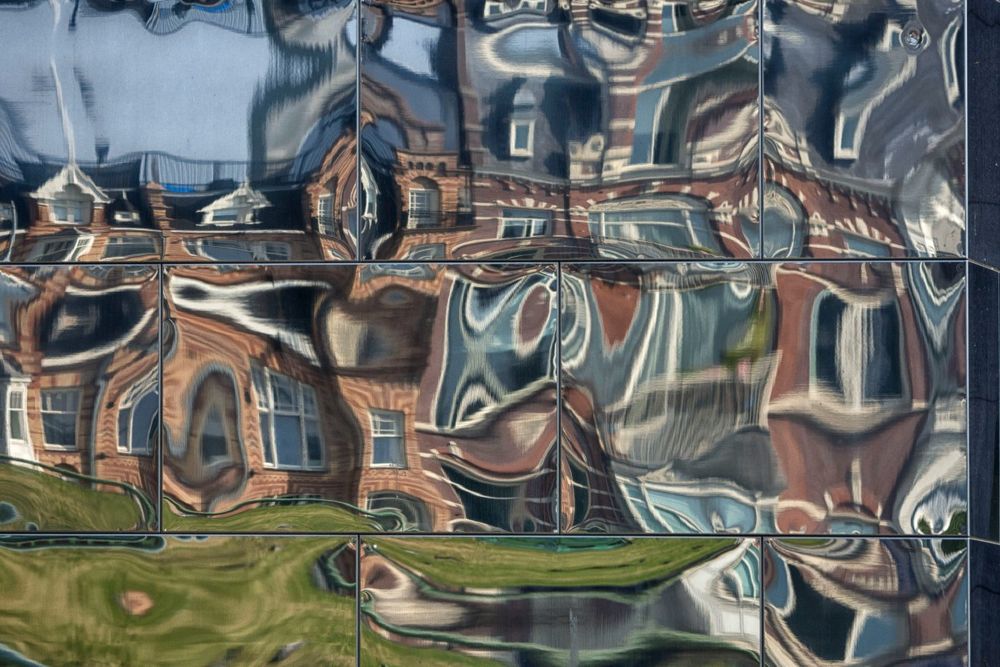
romainbrette.fr/notes-on-con...

romainbrette.fr/notes-on-con...
www.colincornaby.me/2025/08/in-t...

The knock-on effects would alleviate most of the strain on #AcademicSky.
This isn't hard. It's big, but actually, it's pretty easy.
1/n

To predict the behaviour of a primate, would you rather base your guess on a closely related species or one with a similar brain shape? We looked at brains & behaviours of 70 species, you’ll be surprised!
🧵Thread on our new preprint with @r3rt0.bsky.social , doi.org/10.1101/2025...
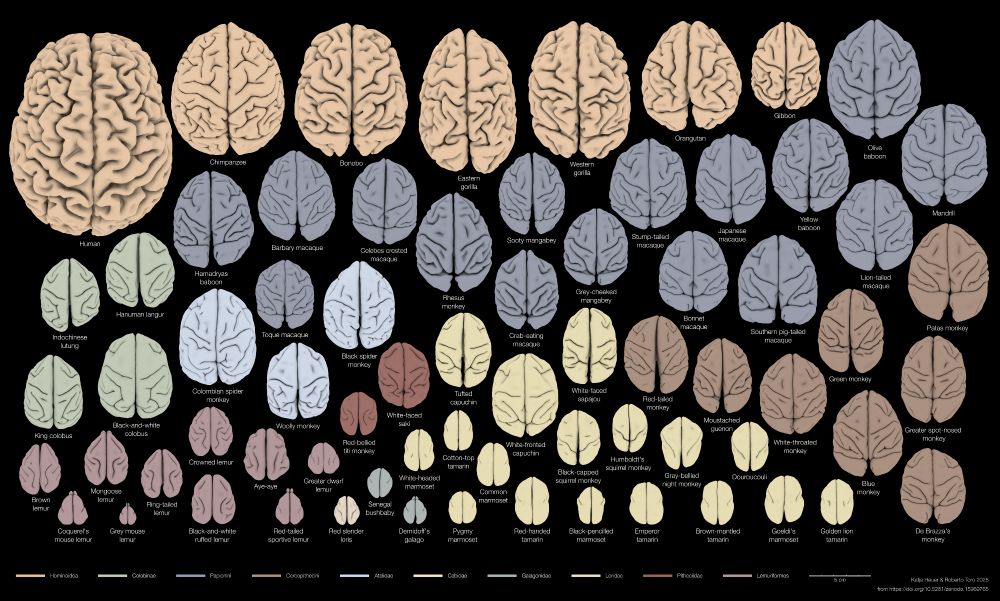
go.nature.com/450KElr

(The Brain, in Theory, chapter 1)

(The Brain, in Theory, chapter 1)
(The Brain, in Theory, chapter 8)

(The Brain, in Theory, chapter 8)
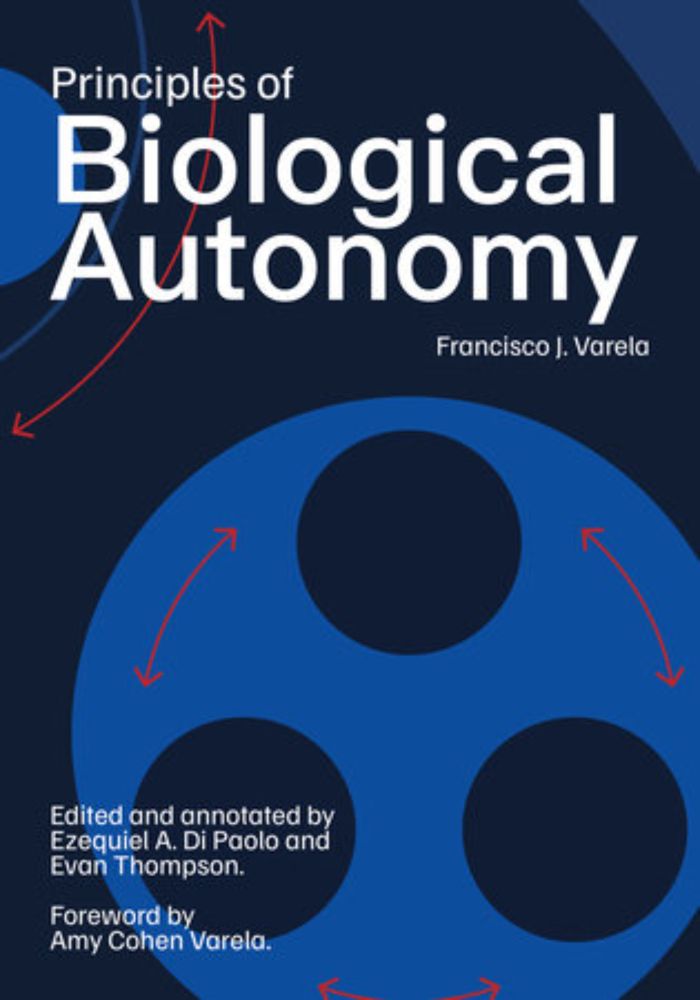
Theory of development very much needed too! One question I find particularly interesting: how does a complex "instinct" develop, say the spider's web making?
Theoretical work in prenatal neurodevelopment (cell fatemapping, neurulation, mechanical morphogenesis, axon pathfinding, development of basal ganglia, hippocampus, cerebellum, thalamus, order of development, protomap theory, more)
And theories for glia!
#neuroskyence
thetransmitter.typeform.com/priorities?u...
Theory of development very much needed too! One question I find particularly interesting: how does a complex "instinct" develop, say the spider's web making?
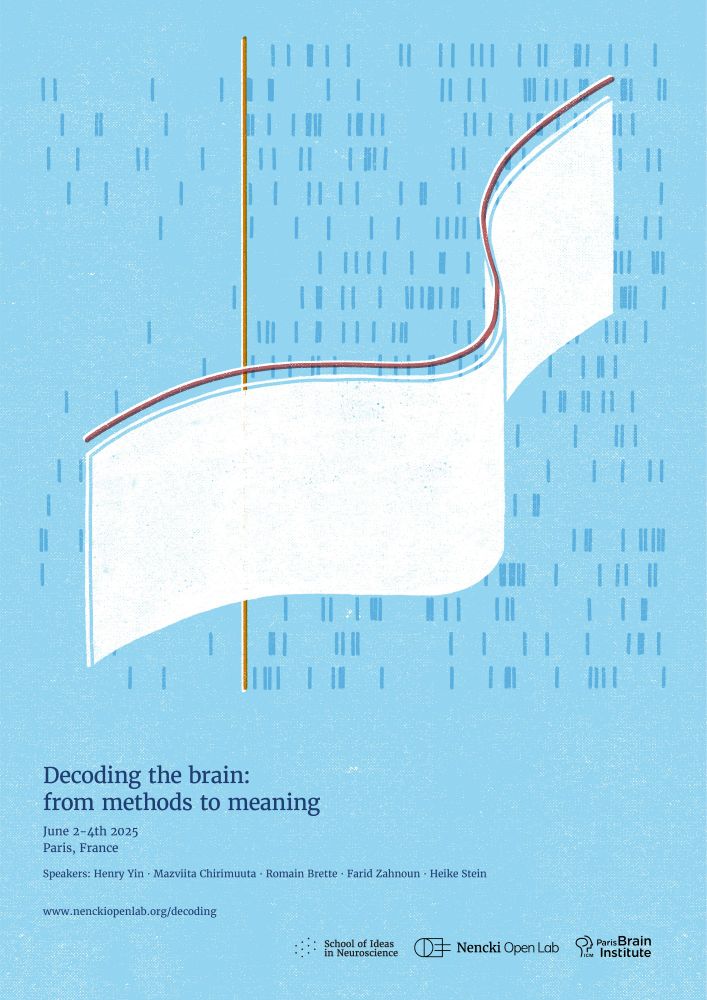
(Chapter 6 of my book, "The Brain, in Theory")

(Chapter 6 of my book, "The Brain, in Theory")
![A computation is essentially an effective method in a formal domain (as opposed to a domain of interactions with the world), generally in the domain of numbers, which can be applied by a human with just pen and paper – we will see in chapter 8 the significance of this detail. Clearly, a recipe is not a computation. […] A computation operates on data (not pasta). It has an input and output, and it implements a particular mapping from input to output by a sequence of steps that belong to a finite set of elementary operations on symbols. The latter restriction is crucial for the notion of computation. Otherwise, the concept of computability would be totally meaningless. For example, Alan Turing demonstrated that there is no program that can take another program as input and calculate whether that program eventually stops: the halting problem is not computable. Obviously, this theorem would be false if we were allowed to choose any kind of instruction (choose as an instruction the mapping that assigns a stopping / non-stopping label to programs). Therefore, a process can only be meaningfully called “computation” when it is composed of a finite set of elementary instructions. Otherwise, the process is just a mapping between different kinds of data, not a computation.](https://cdn.bsky.app/img/feed_thumbnail/plain/did:plc:2y4dbcsyspbhpthm7n4o6kcx/bafkreihued5ljn7szh3dqtib6ormvnbfmu27worazroefdm2c6pqvkaduu@jpeg)

We use a simple convolutional network to estimate the 3D position of a protist (Paramecium) from a single conventional microscopy image.

We use a simple convolutional network to estimate the 3D position of a protist (Paramecium) from a single conventional microscopy image.
data-for-good-team.org
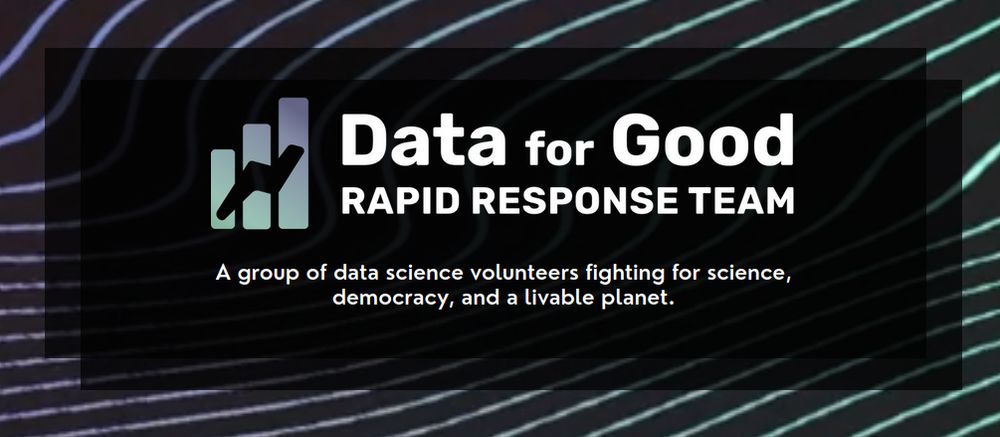
data-for-good-team.org

Now that biology is finally catching up with Varela (eg agency is commonplace and teleology not scary) the book is probably more timely than ever. Here's my physical version!
The commentary by Di Paolo and E. Thompson very helpful.
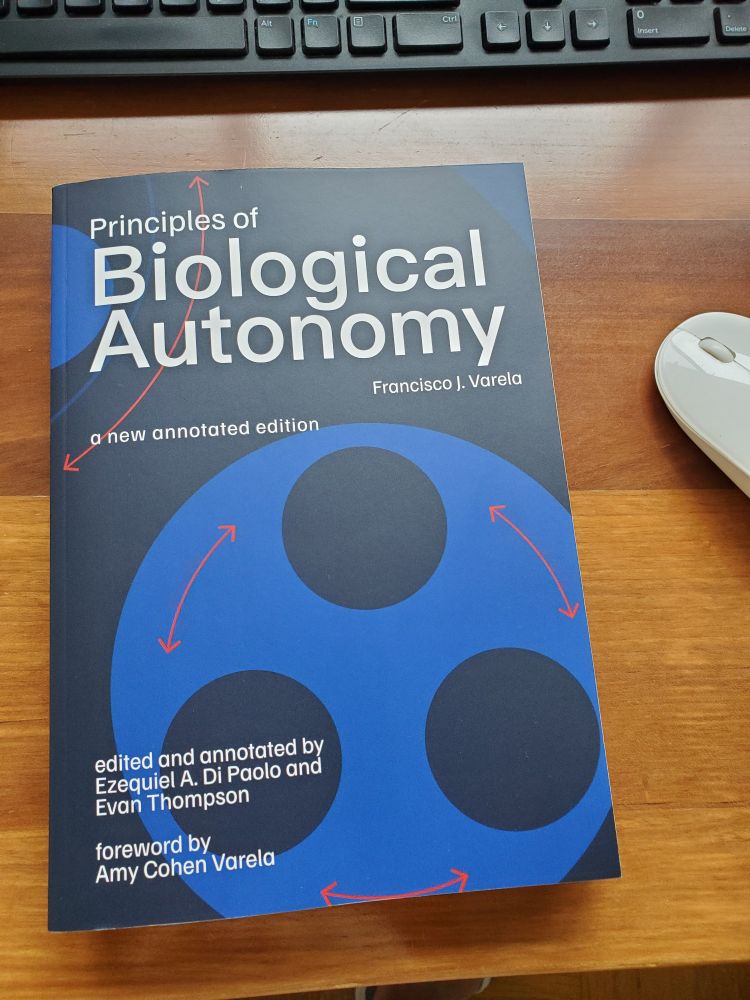
Now that biology is finally catching up with Varela (eg agency is commonplace and teleology not scary) the book is probably more timely than ever. Here's my physical version!
The commentary by Di Paolo and E. Thompson very helpful.
